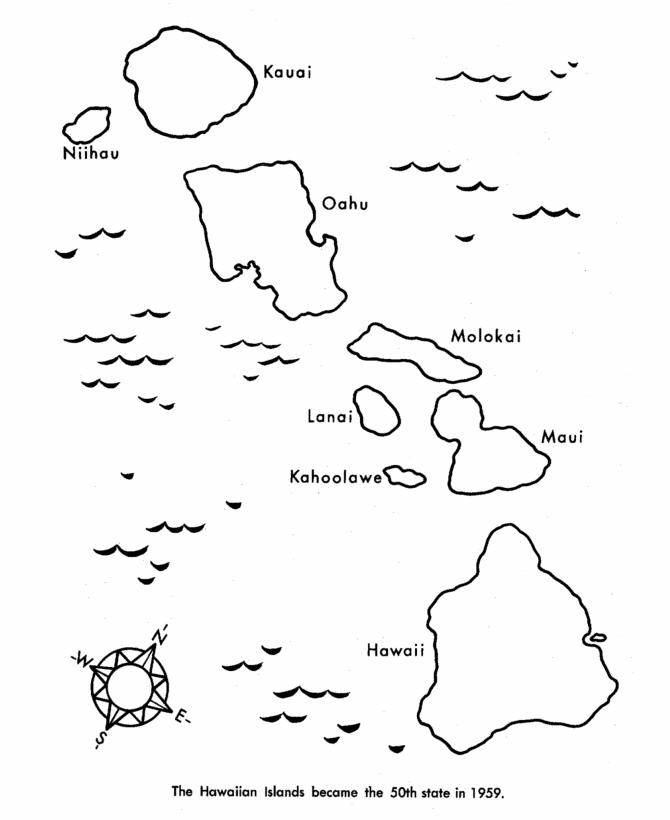Harmony Turner

Standard 4: Content Knowledge
The teacher understands the central concepts, tools of inquiry, and structures of the discipline(s) he or she teaches and creates learning experiences that make these aspects of the
discipline accessible and meaningful for learners to assure mastery of the content.
Overview of Standard:
My understanding of Standard 4, Content Knowledge, is this: the teacher needs to be grounded in tried and true methodologies, instructional practices, reflection exercises, and effective resources, while also continuously being open to receiving and implementing newly innovative strategies and diversifying curriculum, not to mention sensitive to aspects of the field that could empower (culturally relevant and meaningful connections), or present detriment (bias and misconceptions) to learners' achievement. The teacher equally invests in his/her own knowing and understanding of content, utilizing multiple perspectives, in order to evaluate how best to introduce, maintain, link, and build accuracy with regards to students' prior knowledge, opportunities, available school and district resources, including attention to the unique roles of academic and primary languages.
Artifact #1:
Photos (ELA and Math Block)
I have chosen to support Standard 4(a) with a compilation of 4 photographs taken during combined language arts and math lessons. By using a series of 4 photographs, I hope to demonstrate evidence of multiple representations chosen to be included while teaching content focused on rhyming and graphing/sorting. The first photograph depicts part of a kinesthetic game I called “See it, Say it, Move it.” Students had to choose, by moving to one of two special places in the classroom, whether or not they identified two compared words as rhymes or non-rhymes. The second photograph captures an interactive and technological approach, wherein students had the opportunity to underline words or circle pictures they felt rhymed. This photo, as well as the fourth, speak to how I consciously moved students through various learning progressions in order to promote learner achievement of content standards. The third photo shows students working with a food group chart, as an initial review of prior content knowledge, which was then followed by an activity engaging the students in a unique and fun sorting activity utilizing manipulatives (plastic foods). The fourth picture highlights how the students graphed the results of a unique inquiry: which food group did our class like the most? Further personal reflection reveals evidence of 4(a) in the overall diversity within teaching approaches, synthesis of prior and new knowledge, craftiness in execution, and opportunity for students to ultimately find and realize success with affiliated content standards.




"See it, Say it, Move it." Students read two words and decide where to move in room.
Students underline or circle rhymes in "Hop on Pop." Projected using Apple TV.
Food group chart for review.
Final graphing of "Favorite Food Groups."
Artifact #2:
Worksheet Example; Link
Descriptor: 4(a): The teacher effectively uses multiple representations and explanations that capture key ideas in the discipline, guide learners through learning progressions, and promote each learner’s achievement of content standards.
Descriptor: 4(g) The teacher uses supplementary resources and technologies effectively to ensure accessibility and relevance for all learners.
In support of descriptor 4(g), I have chosen to include three photographs, as well as a direct link to an outside resource. These artifact examples provide evidence that as a teacher, I eagerly look to supplementary resources as a means to both heighten and embed meaningfulness into all facets of learning. Accessibility is equally important to me, especially accessibility to resources that be shared with families outside of school, and colleagues within. Furthermore, this specific project (tiger shark tracking), was meant to inspire relevance to all learners: the tiger shark is a well-known inhabitant of the Hawaiian Islands. In conjunction with our unit dedicated to "where we live," and as a Social Studies Center activity, I felt this experience would spark a deeper connection between the logistics of tracking, map making and interpreting, and the environment/state which we inhabit. My goal was to create and facilitate an integrated approach to this topic.
The first image is a capture of tiger shark tracking, as seen on the Pacific Islands Ocean Observing System website. The second image features students in action, completing their own tracking and mapping of a tiger shark. This activity featured elements of map making, to include the awareness and understanding of a map "key," as well as fundamentals of Language Arts (spelling, letter formation, and labels). The third image is the actual worksheet example used by students to complete the activity. References/links associated with specific images can be found by clicking the photos themselves.
Here is link to Pacific Islands Ocean Observing Systems website: http://www.pacioos.hawaii.edu
I'm a paragraph. Click here to add your own text and edit me. It's easy.


